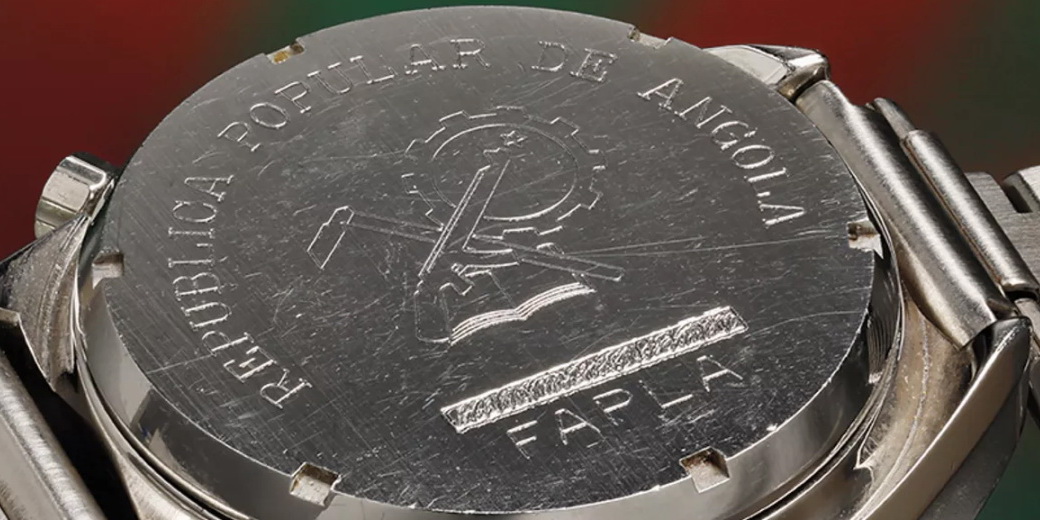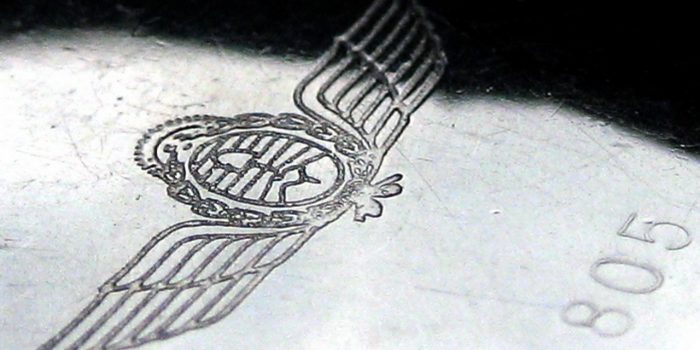The Popular Armed Forces of the Liberation of Angola (in Portuguese, “Forças Armadas Populares de Libertação de Angola” or “FAPLA”) was the army of the MPLA, Angolan nationalist movement, from 1974 to 1991. The FAPLA was constituted from the guerrilla groups of the movement, on August 1, 1974, when the 3rd Plenary Meeting of the MPLA that took place in the Eastern Front. According to Wikipedia —
“On August 1, 1974 a few months after a military coup d’état had overthrown the Lisbon regime and proclaimed its intention of granting independence to Angola, the MPLA announced the formation of FAPLA, which replaced the EPLA. James writes that in 1974-75, ‘..after a period of six months, Moscow started to arm Neto’s faction exclusively. The Soviet Union supplied the MPLA with $300 million worth of materiel as compared to $54 million over the previous fourteen years. The weapons that went to MPLA included AK-47 assault rifles, 120-mm mortars, 82-mm and 107-mm recoilless rifles, 37-mm and 14.5 mm antiaircraft guns..’ and T-34, T-54, and PT-76 tanks.[2] Independence was set for November 11, 1975.
By 1976 FAPLA had been transformed from lightly armed guerrilla units into a national army capable of sustained field operations. This transformation was gradual until the Soviet-Cuban intervention and ensuing National Union for the Total Independence of Angola (UNITA) insurgency, when the sudden and large-scale inflow of heavy weapons and accompanying technicians and advisers quickened the pace of institutional change.”
At the time of the passage of Angola to a multiparty regime the FAPLA assumed the functions of Angolan Armed Forces, the military arm of the Angolan State. After the end of Angola’s Civil War in 2002, the FAA absorbed a significant contingent of former UNITA fighters. The demobilized FAPLA had economic difficulties because their pensions were low and often were not paid.
See the Wikipedia entry, People’s Armed Forces of Liberation of Angola.

